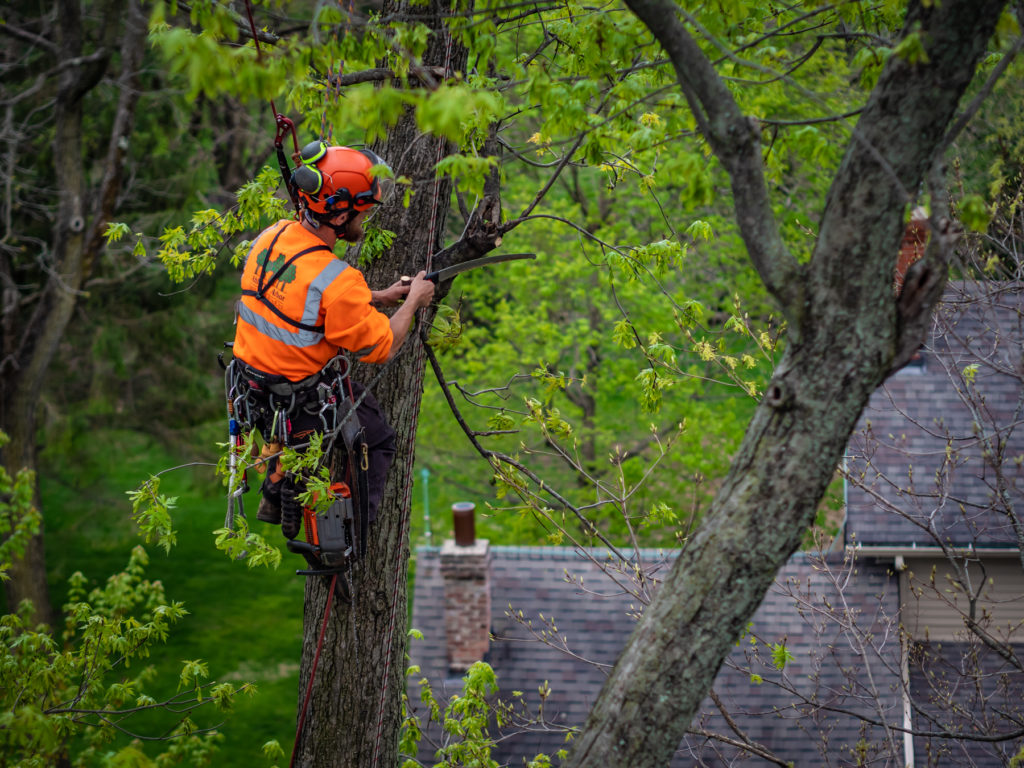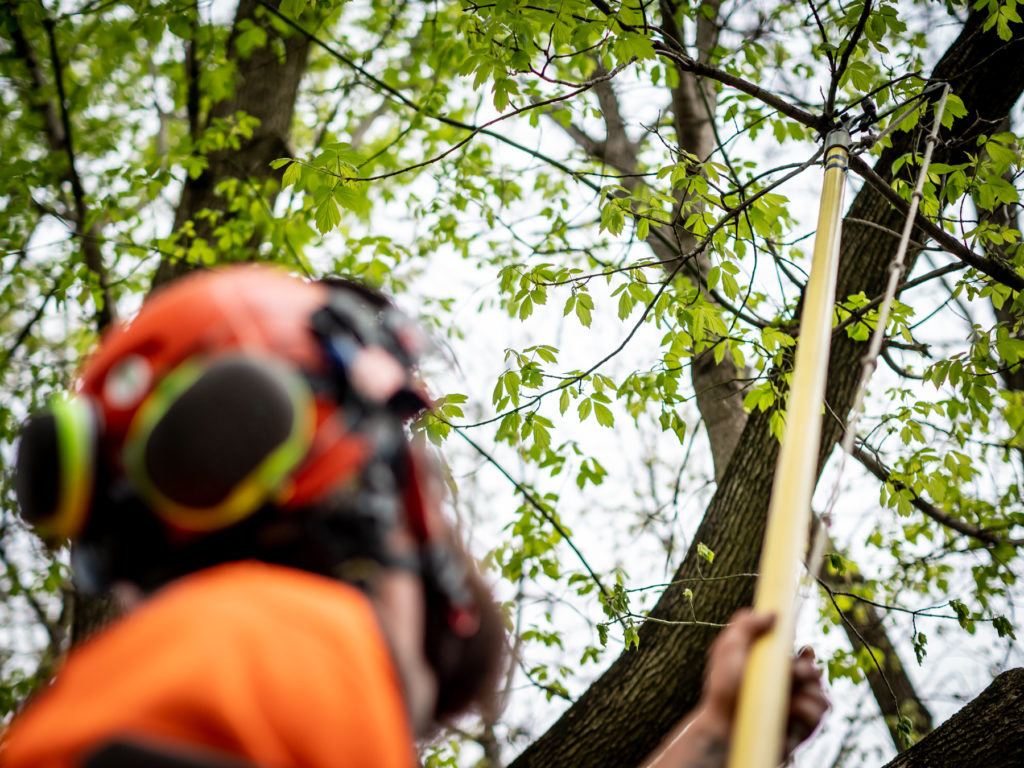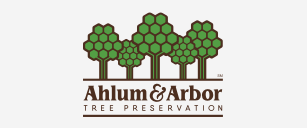Far too often tree services push removals and fail to recognize the importance of tree preservation. Among the myriad of duties involved in maintaining a healthy tree, pruning is the most paramount activity in the process. Whether the tree is mature or juvenile, it can benefit from proper maintenance no matter what stage of life it is in. Depending on the age of the tree and its current health situation, a tree benefits from pruning in several ways.
Urban vs. Natural Environment
A concept often unknown is that trees grow a lot differently in urban landscapes than those that grow in the wild. This is because trees in the wild do not have to deal with the environmental stressors that urban trees do. Therefore, trees in the wild do not require the maintenance and upkeep that urban trees do. Trees have incredibly complex root systems that can be disrupted by the area surrounding them in the form of buildings, roads, or any other man-made structure. These disruptions can encourage trees to have undesirable growth habits.

Reasons to Prune
Pruning enables trees to maintain a healthy structure early on so that they will be better off in the long run. It is common to notice these undesirable growth habits right outside your window. That once beautifully tamed tree that has now become overgrown creating not only an eye-sore to its owner, but a nuisance to the surrounding property. Often times overgrown trees can overhang roofs, garages, or sidewalks. This creates a hazard that needs to be addressed before you or someone you know gets injured. Aside from hazardous situations, a well-maintained tree has the potential of adding a lot of value to your property as opposed to a tree that has not had any pruning work done to it. A well-kept landscape is something to be proud of, and it is important to promote desirable growth patterns especially if you live in wooded areas where trees can easily encroach on a property.
Pruning Methods
Trees are pruned in different ways, and a lot depends on whether your tree is young or mature. A young tree does not have to be pruned very much. Having said that, it is important to spot undesirable growth patterns early. This prevents branches from growing to a point where it will be more difficult to correct their growth. For this very reason, structural pruning is the most important kind of pruning. Structural pruning will help shape the tree so that when it becomes a mature tree it will look robust and aesthetically symmetrical. Pruning for a mature tree is different because at this point in a tree’s life it has most likely acquired dead or loose limbs. These limbs must be removed to avoid any unnecessary hazard. Removing dead limbs will also help to promote new growth and increase the health of a tree as it matures. This will allow for a more desirable tree that lives a long life.

Poor Pruning Practices
It is important to know that not everyone prunes trees the same. There are a lot of bad business practices when it comes to pruning a tree. It is important to note as well that pruning a tree is creating a minor wound. Creating too many of these wounds in the wrong places will damage your tree. Tree pruning is an art; therefore, you must be sure that whoever is pruning your tree knows exactly what they are doing. Tree topping is a common practice where the entire tree is deformed and left without leaves. Without a tree’s leaves it cannot produce the energy needed for survival. The use of improper tools and climbing spikes are also a red flag and effectively harm the tree.
Interested In Pruning Your Tree?
It is important to have experienced climbers, foreman, and grounds people that clear away the brush. Teamwork is essential when pruning a tree and requires an expert. Next time you notice undesirable growth patterns on your tree be sure to contact us so we can take care of that for you and leave you with a landscape to be proud of.

